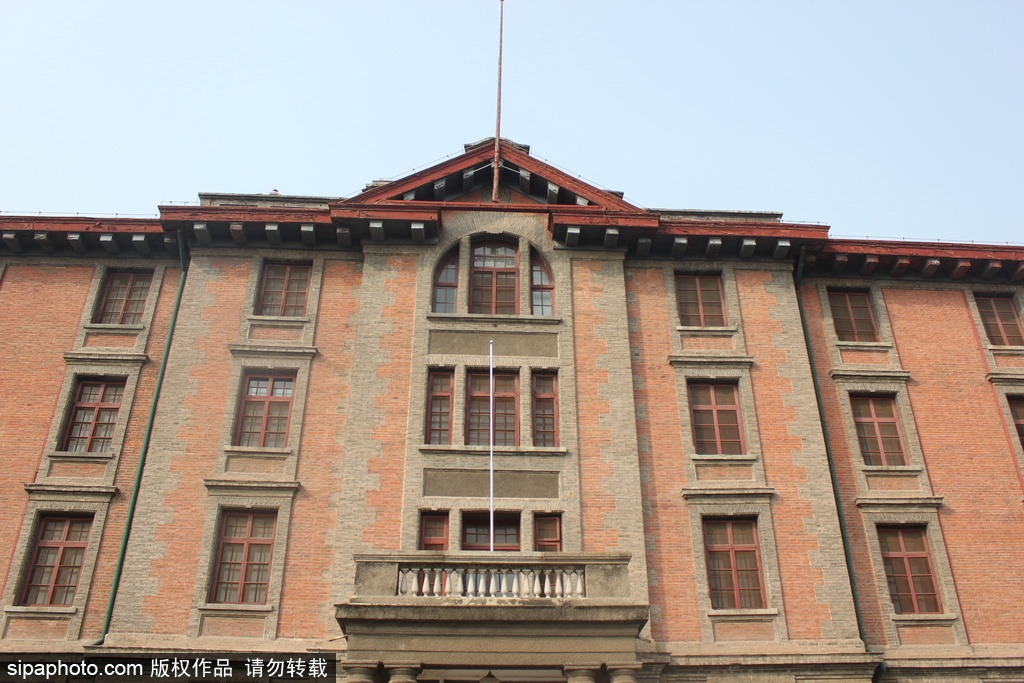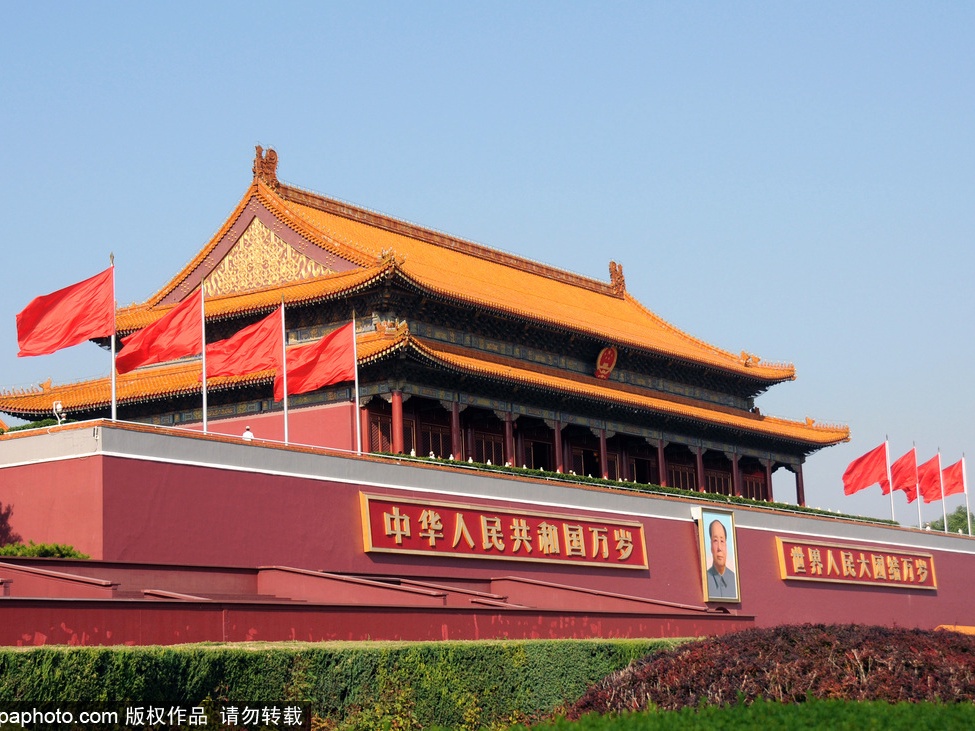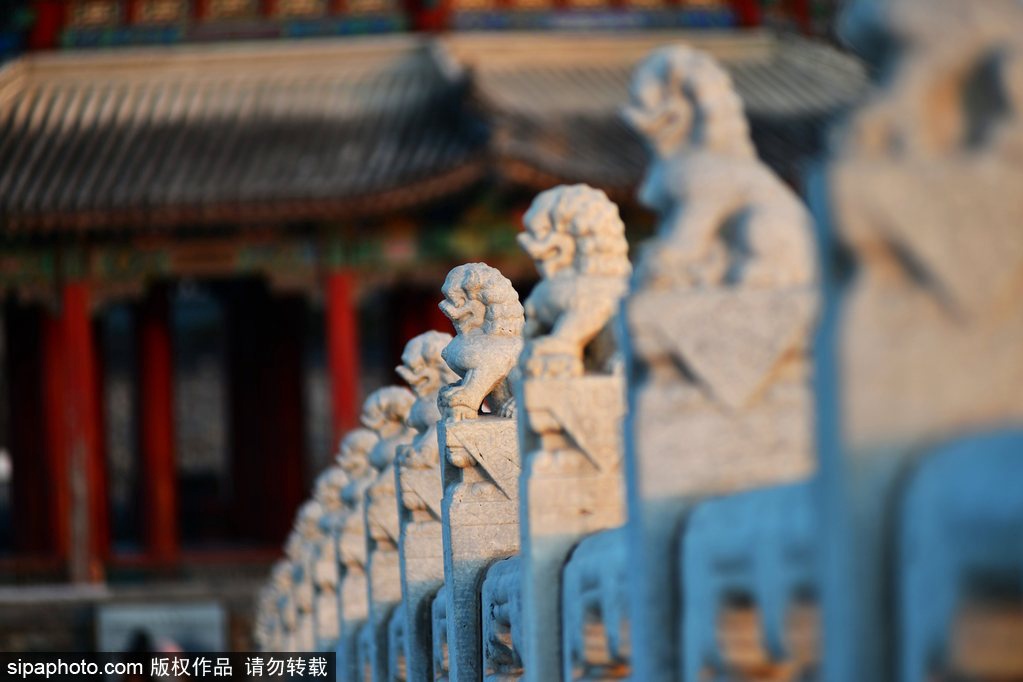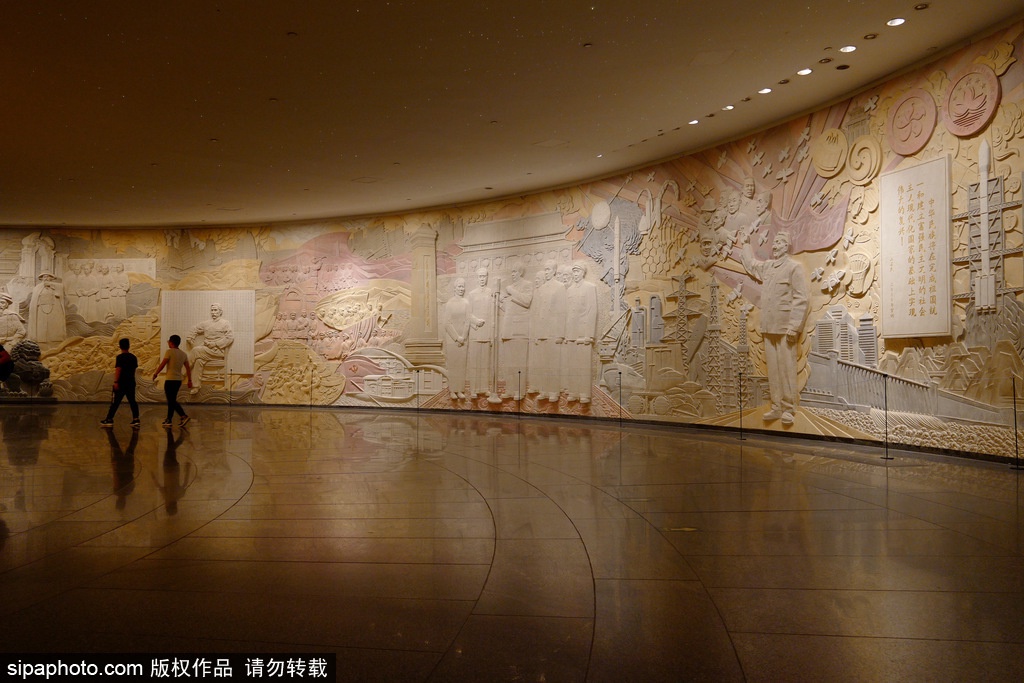Beijing Memorial Hall of New Cultural Movement

The New Culture Movement of the mid 1910s and 1920s sprang from the disillusionment with traditional Chinese culture. Scholars like Chen Duxiu, Cai Yuanpei, Li Dazhao, Lu Xun, Zhou Zuoren, He Dong, and Hu Shih, had classical educations but began to lead a revolt against Confucianism. They called for the creation of a new Chinese culture based on global and western standards, especially democracy and science. Beijing Memorial Hall of New Cultural Movement is located inside the former seat of Peking University’s Red Building at Shatan North Street, Dongcheng District. Peking University is the center of the New Culture Movement and the cradle of the May Fourth Movement, where the scholars wrote articles and pioneer magazines and newspaper published. In April 2002, Beijing Memorial Hall of New Cultural Movement was inaugurated officially, and ranked among the first batch of red tourism scenic areas designated by the State and Beijing Municipal Government.
地址:北京市东城区五四大街29号
Address: No. 29, Wusi Street, Dongcheng District, Beijing City
Transportation: take trolley bus No. 101, No. 103, No.109 and No.111, or bus No. 609, No. 614, No. 619 and No. 685, and get off at Shatanlukouxi Station.
Opening Hours: 9:00-16:00 (closed on Monday)
Tel.: 010-66128596
Ticket: Group visitors are advised to make reservations in advance while individual visitors can receive a free ticket in presentation of certificates.
Red Hutong around Peking University's Red Building
Shatan Back Street: the seat of the Imperial University of Peking
Zhonglao Hutong: the seat of the former residence of Miao Boying, first female member of the Communist Party of China
Ji'ansuo Left Lane: the seat of the temporary residence of Mao Zedong when he worked in the library of Peking University from 1919 to 1920
Tian'anmen

On October 1, 1949, Tiananmen witnessed the founding ceremony of the People’s Republic of China. Thanks to this notable event, Tian’anmen has made its mark as the symbolic building of the People's Republic of China. On January 1, 1988, it was officially opened to the public.
Tel.: 010-63095718
Transportation
Take bus No. 1, No.2, No.4, No.5, No.10, No.20, No.52, No.54, No.22, No.44, No.120 and No.802 and get off at the destination; take Subway Line 1, get off at Qianmen Station, change Subway Line 2 and get off at Tian'anmen West Station or Tian'anmen West Station; take Subway Line 5, get off at Dongdan Station and transfer to buses; take Subway Line 4, get off at Xidan Station and transfer to buses.
Qianmen Avenue
Qianmen Avenue is about 1,600 meters long from Qianmen Yueliangwan Hotel in the north to the road junction of Tiaoqiao Bridge in the south, and connects with Tianqiao South Street. Lined with time-honored brands, it is a famous high street of Beijing. In 2008, in order to welcome the Olympic Games, the government remodeled it into a high street to restore the features of the time at the turn of the 20th century. Since then, it has been the ultimate of the Old Beijing Culture.
Address: Qianmen Avenue, Dongcheng District, Beijing 北京市东城区前门大街
Transportation: take bus No.2, No.5, No.8, No.9, No.17, No.20, No.22, No.48, No.59, No.66, No.67, No.69 and No.71, or Subway Line 2 and get off at Qianmen Station.
Lugou Bridge

Lugou Bridge is the longest joint stone-arch bridge in North China. And “morning moon over Lugou” is dubbed one of Yanjing’s eight sceneries. On July 7, 1937, Lugou Bridge Incident broke out here, kindling the war fire of China to fight against Japanese invaders.
Address: No.77, Lugouqiao South Street, Fengtai District, Beijing 北京市丰台区卢沟桥城南街77号
Opening Hours: 8:00~17:00
Tel.: 010-83894614
Wanping Fortress
Originally built to the north of Lugou Bridge under the reign of Chongzhen Emperor of the Ming Dynasty, Wanping Fortress was still used as a military castle till early Qing Dynasty. With the outbreak of Lugou Bridge Incident on July 7, 1937, China went to a comprehensive Sino-Japanese war.
Address: No.77, Lugouqiao South Street, Fengtai District 丰台区卢沟桥城南街77号
Tel.: 010-83894614
Sculpture Garden of Chinese People's Anti-Japanese War
The Sculpture Garden of Chinese People's Anti-Japanese War was opened to the public on August 15, 2000. According to the history of Chinese people’s anti-Japanese war, the sculpture cluster is divided into four parts presenting the war.
Address: No.77, Lugouqiao South Street, Fengtai District 丰台区卢沟桥城南街77号
Tel.: 010-83894614
Transportation:
Take bus No.624, No.693 and No.983 at Wukesong Bus Station and get off at Kangzhandiaosuyuan Station; take bus No.301, No.309, No.339, No.661, No.662, No.715 and No.937 (Feeder 3) at Liuliqiao Bus Station and get off at Kangzhandiaosuyuan Station.
China Millennium Monument

To welcome the 21st century, China Millennium Monument was built. Facing south, it is a large art gallery combining artwork collection, exhibition and research. Inside, it consists of the Century Altar, the Bronze Thoroughfare, the Holy Fire Square, the Guojie Bridge , the Century Bell and the World Art Museum.
Address: No.A9, Fuxing Road, Haidian District 海淀区复兴路甲9号
Transportation: take bus No.1, No.4, No.21, No.57, No.65, No.320, No.337, No.802, Express No. 1 or Subway Line 1, get off at Military Museum Station and walk northward.
Tel.: 010-59802222



